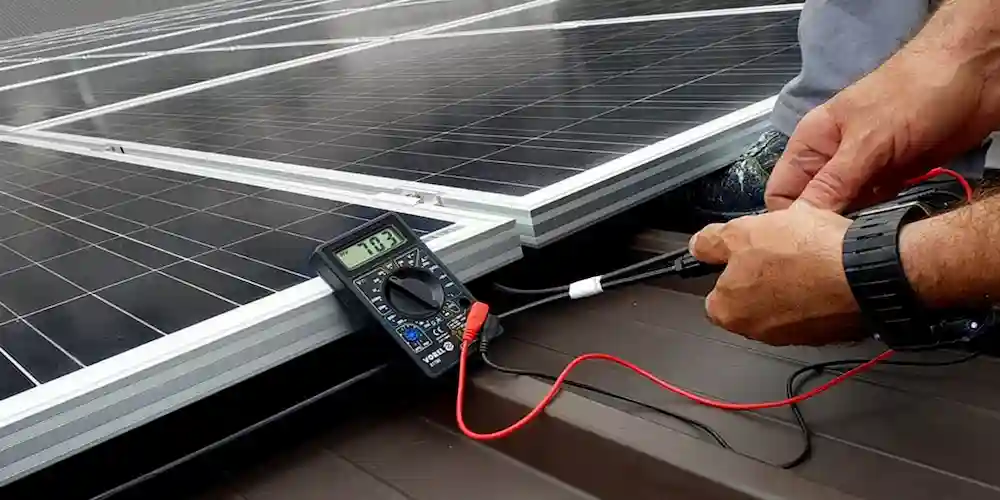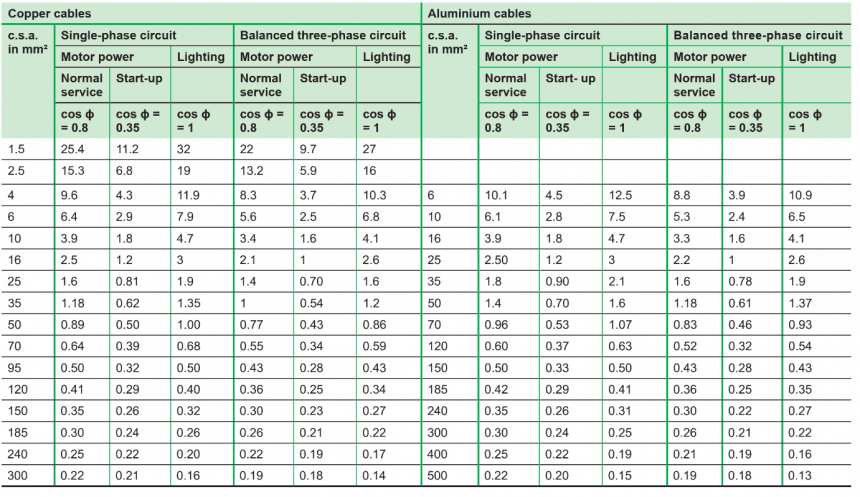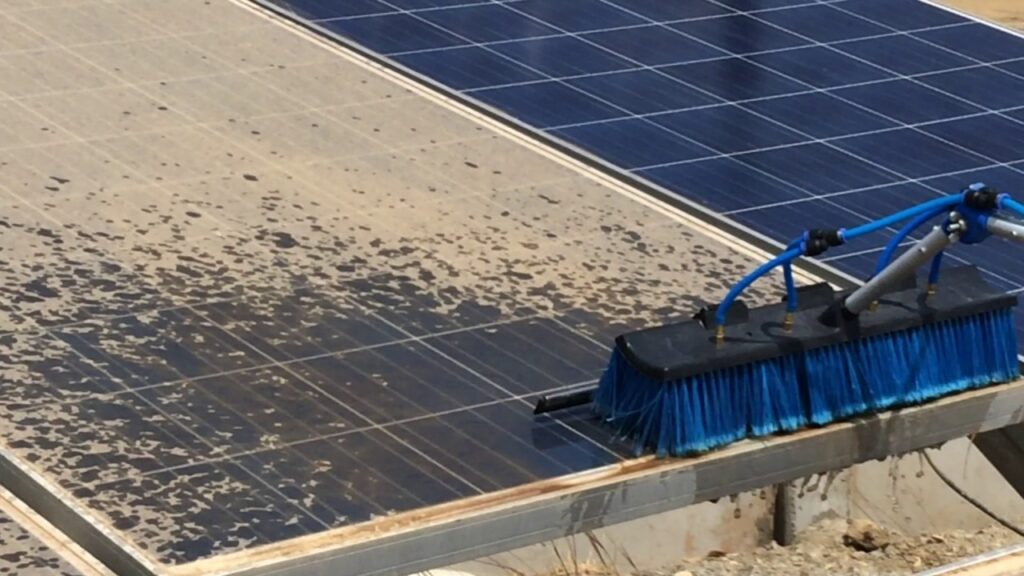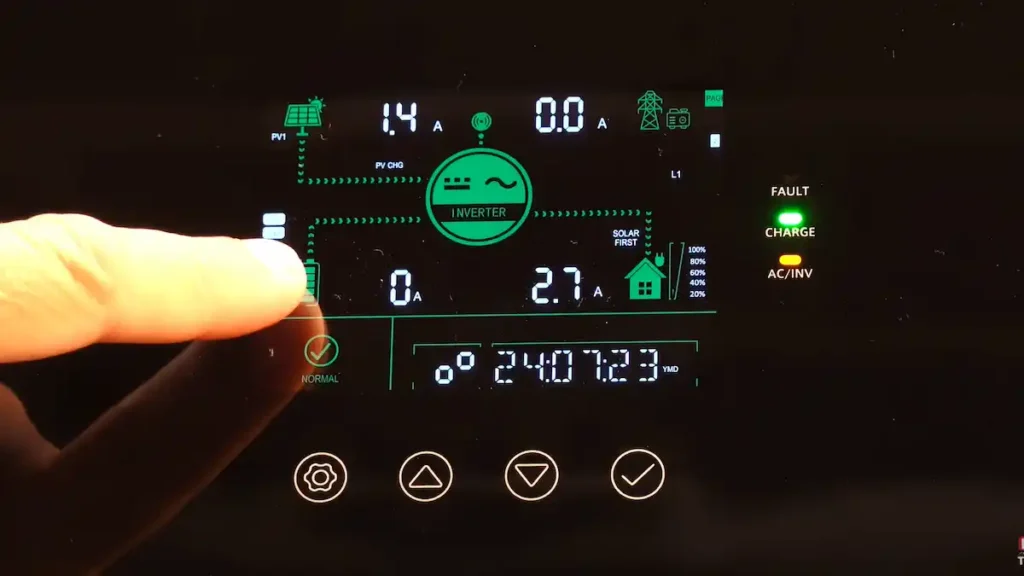When your solar panel voltage drops unexpectedly, the first place to check is the inverter. Most low-voltage issues start with wiring resistance, dirty panels, or inverter conversion faults. No matter whether you’re in Australia, the U.S., Canada, the U.K., Switzerland, or anywhere with good sunlight — voltage drop means lost efficiency and wasted money.
This guide explains why solar panel voltage drops happen, how to perform solar inverter troubleshooting step-by-step, and the key maintenance tips that keep your system performing at its best.
What Is a Solar Panel Voltage Drop?

A voltage drop happens when the DC power produced by your panels decreases before reaching your inverter or battery storage. The longer or thinner the cables — or the higher the resistance — the more voltage is lost along the way.
Think of electricity like water in a hose:
- A long or narrow hose → weaker flow
- A wide hose → strong flow
Same rule for solar: reduced voltage = reduced power delivered to your appliances or battery system.
- For voltage drops at night, learn why this happens and how to prevent it in Why Does My Solar Power Run Out at Night?
What Causes Low Solar Panel Voltage? (Top Reasons)
1. Dirty or Dusty Solar Panels (Blocked Sunlight)
Dirty solar panels is one of the most underrated causes of voltage drops. Dust, bird droppings, pollen and leaves can all cover panels and along with it, sunlight from fully reaching the solar cells.
Why this matters:
- Plants rely on bright sunlight for maximum flow of energy.
- Just a thin coating of dust can reduce your energy output by 10% to 20% or more.
- In regions like Australia’s Outback or the arid areas of California, dust builds up fairly rapidly.
Solution:
- Make a regular cleaning schedule — every 3 to 6 months, or more often if you live in dusty or high-pollen places.
- Undersized (Too Thin) or Overly Long Cables — One of the Biggest Causes of Voltage Drops
2. Incorrect Cable Size or Excess Distance
Using cables that are undersized for the degree of electrical output you’re attempting to transmit is one of the main technical contributors to solar panel voltage drops.
Electricity, like water in a pipe, needs sufficient “space” to circulate smoothly. For example, if cables are too thin (low cross-sectional area) for the current (amps) flowing through them, electrical resistance increases, and voltage drops along the way.
For example, to understand cable sizing
To illustrate, picture forcing water through a small straw versus a garden hose. The tiny straw will fight the flow, permitting only a trickle to pass, while a garden hose allows smooth, full flow.
- Voltage drops often happen due to undersized wiring. Learn more about cable selection in our detailed T W Cable guide.
In solar systems:
- If your panels are relatively far from the inverter or battery (as in farm setups or large homes) and use thin cables, voltage can drop significantly before it reaches the places you need it.
- Thin wires become hot if too much current is running through them, dissipating energy as heat rather than as usable power.
How to Select the Correct Size Cable

Step 1: Know your solar panel specs — what voltage (V) and current (A) can they produce?
Step 2: Find the right cable gauge (there are plenty of voltage drop calculators available online).
Step 3: For longer runs (beyond 20 meters / 65 feet), increase wire gauges to make up for distance.
General rule:
- This is a common question when you are just starting with electrical systems and the best way to calculate the wire size you need based on whether you plan to use a standard 12V or 24V system, you will probably need thinner wires (for example 10 AWG or 8 AWG depending on distance and current).
- In higher voltage systems (48V+) cables can be thinner, although they should still be well within the current rating.
NOTE: In professional solar installs, AS/NZS 5033 has guidance for sizing cables here in Australia, the same is true in the UK and U.S. — absolutely never skip this step if doing DIY installs.
3. Loose, Corroded, or Faulty Connections
Bad electrical connection is another killer of voltage in a solar system which goes undetected.
Warning signs of a faulty connection:
- Voltage fluctuates randomly.
- Performance of the system deteriorates with time.
- Smelling burnt or seeing melted insulation around connectors.
Fix:
- Check all cable joints, connectors, and terminals regularly.
- Tighten loose screws, swap out corroded components, and apply anti-corrosion spray (critical in coastal countries such as Australia or California).
4. Low-Quality or Damaged Panels
If it’s not the inverter, the solar panels themselves can sometimes be the problem:
- Cracked Cells from Hail or Impact
- Bypass diodes inside the panels themselves are faulty leading to issues with partial shading.
- Cheap panels degrade more quickly, producing less voltage.
SOLUTION: Use tier-1 solar panels 【with】- Warranty Steer clear of “cheap” brands that are not internationally shipped.
5. Issues with the Inverter and Controller
Honest mistake ya know. Often voltage drops from either mismatch for system voltage from the inverter or charge controller just doesn’t work.
Check:
- Inverter sizing (should match total panel output)
- Charge controller rating (primary consideration for off-grid)
If your inverter keeps shutting off, it could be a tripping breaker — see MCB Keeps Tripping? Causes, Fixes & When to Call an Electrician for solutions
Solar Battery Maintainer: Prevent Voltage Loss in Battery Storage
What’s a solar battery maintainer?
A solar battery maintainer maintains your solar battery at an optimal level of charge to prevent it from overcharging or undercharging.
- Proper protection prevents voltage drops; see our comparison of DC vs. AC breakers for solar.
Why it matters:
- This stops the battery voltage from falling below safe level.
- Extends battery lifespan.
- Provides steady power to your residence or RV.
Best for: Off-grid cabins, RV solar systems, backup home solar batteries
How to Clean Solar Panels: Step-by-Step Guide

Since dirty panels are a top cause of voltage loss, here’s how to clean solar panels effectively:
Step 1: Turn Off Solar System
Safety first — turn off inverter and disconnect panels if needed.
Step 2: Use Soft Brush and Water
- No pressure washers — can crack glass.
- Warm water and a soft sponge or brush.
Step 3: Scrub Gently
Remove bird droppings, dust, leaves.
Step 4: Rinse and Dry
Rinse thoroughly, avoid soap residue. Let air dry or use a microfiber cloth.
Tip: Clean early morning or late afternoon to avoid hot surfaces.
Quick Fix Summary Table for Solar Panel Voltage Drops
| Problem | Solution |
|---|---|
| Dirty solar panels | Clean panels regularly with proper method |
| Thin or long cables | Upgrade to thicker, properly sized solar wires |
| Loose/corroded connections | Inspect, tighten, and treat with anti-corrosion sprays |
| Faulty or low-quality panels | Replace with certified, high-efficiency panels |
| Inverter/controller mismatch or fault | Verify compatibility, replace if needed |
| Battery voltage issues | Use solar battery maintainer for consistent charge |
Frequently Asked Questions (FAQs)
1. Why does my solar panel voltage drop at night?
Solar panels only produce electricity when sunlight hits the cells. At night, there’s no solar generation, so voltage drops to near zero unless you have a battery or inverter system supplying backup power. As part of basic solar inverter troubleshooting, check that your inverter and battery are configured correctly to supply power after dark.
2. Can bad weather cause a voltage drop?
Definitely. Cloud cover, rain, snow, or even heavy smoke can block sunlight and reduce how much energy panels can produce. During weather-related dips, include solar inverter troubleshooting steps — like checking inverter error codes and input voltage — to make sure the system is responding properly.
3. How often should solar panels be cleaned?
A good rule is every 3–6 months. If you live in a dusty area, near farms, or somewhere with lots of pollen or bird activity, you may need to clean them more frequently. Regular cleaning is also an easy first step in any solar inverter troubleshooting routine because dirty panels often mimic electrical faults.
4. How do I stop my solar battery voltage from dropping too low?
Keep batteries healthy by avoiding deep discharges and use a solar battery maintainer to keep them topped up when solar production is low. If you still see drops, add solar inverter troubleshooting to your checklist — inspect charge controller settings and inverter-battery connections to ensure proper charging behavior.
Final Thought: Protect Your Solar Investment
If you’re experiencing voltage drops at your solar panels, don’t panic — solutions tend to be relatively straightforward, such as cleaning solar panels, using higher-grade cable and using a solar battery maintainer.
Just keep the solar system in ship shape, and you should be good to go, be it in Australia or the U.S. or anywhere else.
Author
Top Solar Picks, founded by John, a Solar Energy Writer and Researcher with over 12 years of experience in renewable energy, is dedicated to helping homeowners and businesses make informed, data-driven decisions about solar power. John’s expertise and research pr...

